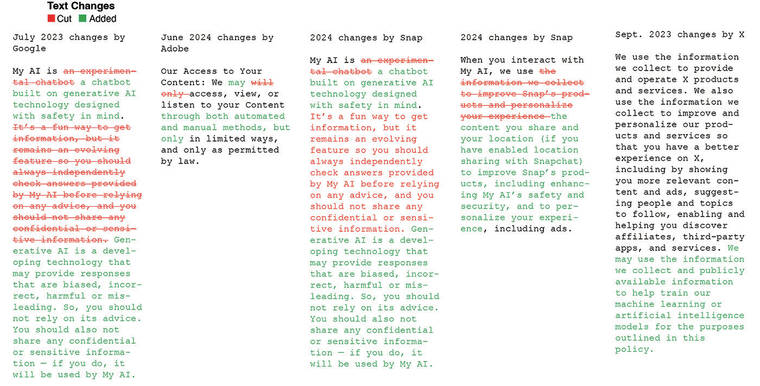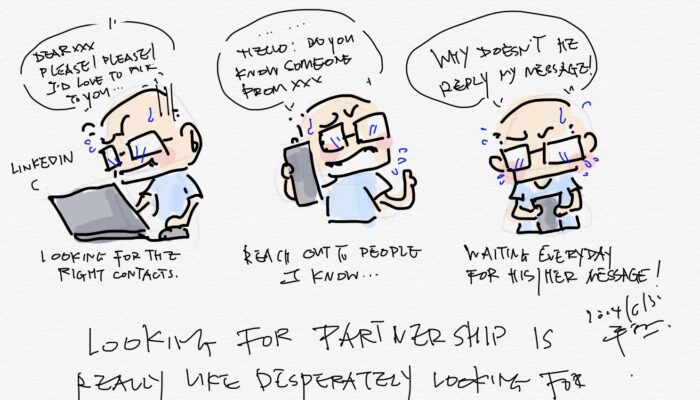
6-30 #Partnership : Samsung is allegedly to adopt MediaTek’s SoC on its S25 series; Apple is exploring a new technology that will make it easier for people to remove the battery; Audi is bringing ChatGPT integration to its Audi models; etc.

According to Chris Patrick, SVP and General Manager of Handsets at Qualcomm, the company has been working on making Android version updates and security updates easier for quite a while. One of the things they been working on for the past several years with Google and with the OEMs is to change the structure of inline code — to kind of change the machinery for how they do those updates. Theoretically, these changes should remove at least some of the friction OEMs face when keeping devices up to date. He has indicated that the company will make some announcements about some of those changes they have made to facilitate this and help the whole ecosystem keep Android phones closer to up to date. (Android Headlines, Android Authority)
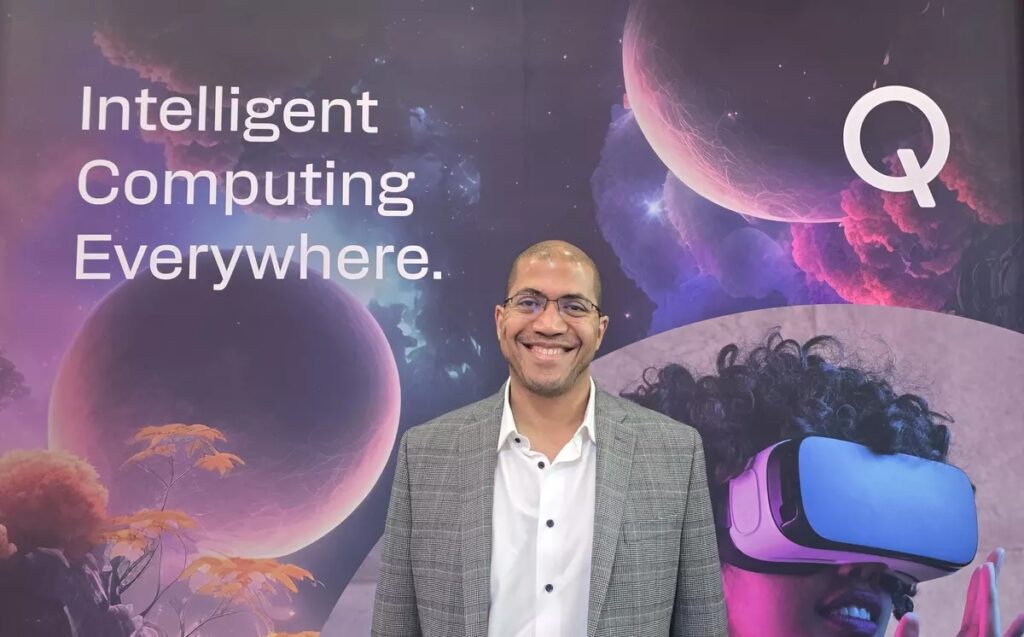
The European Commission is raising concerns over its chipmakers staring at substantial losses in China. This comes as China eyes supremacy in critical technologies and the semiconductor industry with investment hikes. The Netherlands-based NXP Semiconductors, Germany’s Infineon Technologies and Japanese chipmaker Renesas Electronics could all be hit by China’s efforts to foster domestic rivals. Discriminatory standards, local content requirements, and other non-tariff barriers could be used (and are being used already) to incentivise the growth of domestic MCU companies in China, that can leverage its vast EV market, at the detriment of European and Japanese suppliers of chips. Microcontrollers (MCUs) are effectively small computers on a single chip that usually control a single function within a piece of electronics, for example activating an airbag in a car or controlling the water temperature in a washing machine. China already accounts for 30% of the global MCU demand. The Chinese government has quietly asked electric-vehicle makers from BYD to Geely Automobile to sharply increase their purchases from local auto chipmakers. (CN Beta, Bloomberg, MSN, Financial Post)
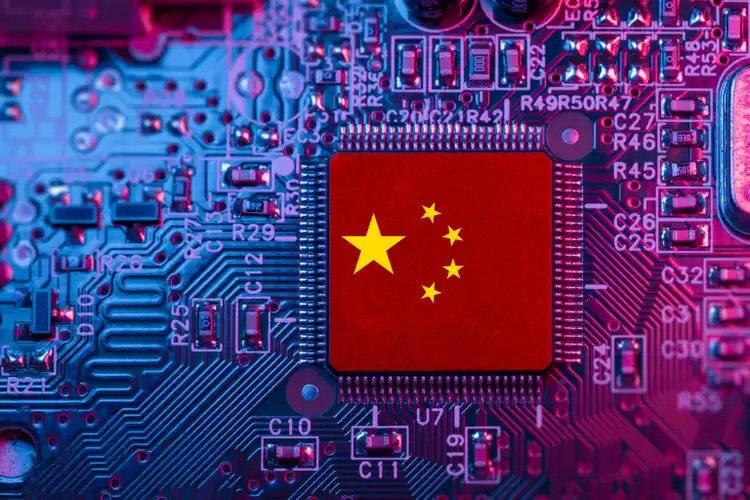
Samsung is allegedly looking at the possibility of adopting MediaTek’s upcoming Dimensity 9400 SoC for its next-generation S25 flagship smartphone series. The prospect of Qualcomm raising its Snapdragon Gen 4 prices by 25-30% has sent Samsung mulling diversifying the sources of SoCs, with MediaTek being almost the only feasible alternative, apart from Samsung’s in-house Exynos series. Flagship smartphone SoCs will likely see price increases in 2H24. Qualcomm and MediaTek will be using for the first time 3nm processes to make their premium SoCs, which means manufacturing costs will rise significantly. Moreover, TSMC is also mulling over raising chipmaking quotes for its advanced processes, which will make it difficult for handset SoC vendors to maintain the present price levels. (Digitimes, TrendForce, GSM Arena, FNNews)

ZTE is trying to revive 3D technology in smartphones by launching a budget-friendly device, the Voyage 3D. The 6.58” IPS LCD display features FHD+ resolution and 120Hz refresh rate, which has been designed to convert 2D content to 3D in real time. The panel uses Neovision 3D Anytime technology combined with stereoscopic eye-tracking tech and a 60° viewing angle. The main issue is that it can only simulate 3D content in real time for a single person. ZTE has also announced that it is working with Migu Video to provide users with 3D content. The phone is powered by a Unisoc T760 processor, coupled with 6GB RAM, and 128GB internal storage. (Android Headlines, Phone Arena, ZTE, Sina, IT Home)

Apple’s patent application titled “Stretchable Display” describes a display that can wrap around different surfaces and shapes, while still operating like a standard OLED display. The patent mentions phones and watches, but also laptops, smart glasses, virtual reality headsets, and kiosk and car displays. This is clearly a technology that could find a place in many Apple products, if development on it continues. (Apple Insider, USPTO, TechRadar, Tom’s Guide)
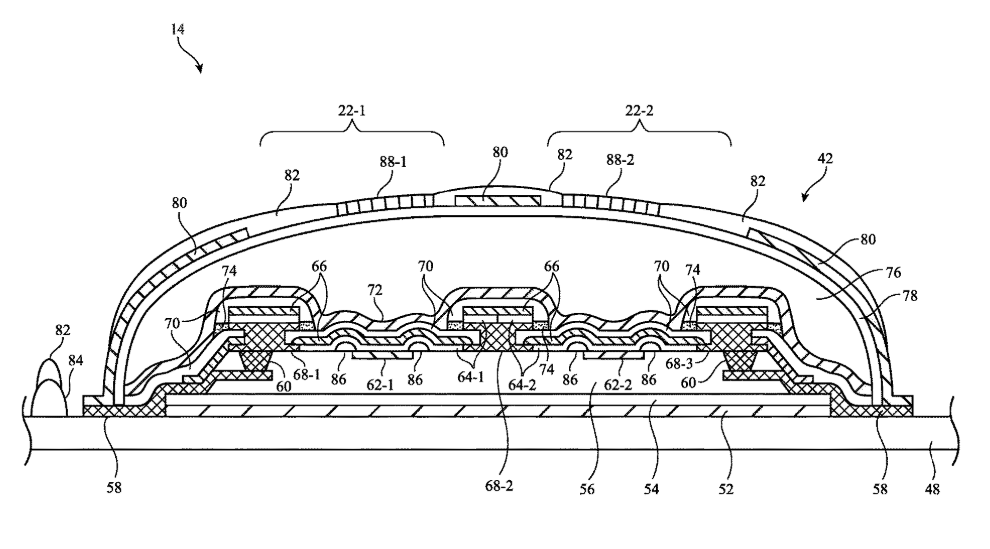
Facing increasing competition from rivals in its OLED business, Samsung Display (SDC) is reportedly transferring internal technical personnel to the small and medium-sized OLED development department. It also plans to apply to extend working hours for some staff as part of its emergency management measures. SDC has recently moved around half of the technical staff from its materials research team, approximately 50 people, to the small and medium-sized OLED development department. This follows the transfer of over 500 R&D personnel from the large-sized OLED department to the small and medium-sized department at the beginning of 2024, further reinforcing the workforce.(Digitimes, CN Beta, Korea JoongAng Daily, Dexerto)

TrendForce reports that while the enterprise sector continues to invest in server infrastructure—especially with the rising adoption of AI driving demand for enterprise SSDs—the consumer electronics market remains lackluster. This, combined with NAND suppliers aggressively ramping up production in the second half of the year, is expected to push the NAND Flash sufficiency ratio up to 2.3% in 3Q24, curbing the blended price hike to a modest 5–10%. For eMMC, the 3Q24 lacks significant demand drivers, but module makers are determined to push for higher prices. This determination is expected to result in minimal price increases, with contract prices remaining roughly flat. In the UFS segment, ample inventory levels and slow depletion by smartphone OEMs, along with increased supply options from module makers, are creating more choice for buyers. As module makers aim for significant price hikes in 3Q24, resistance is expected. Given ample buyer inventories and weak market demand, suppliers might need to compromise, with 3Q24 UFS contract prices expected to rise by only 3–8%. (CN Beta, TrendForce, TrendForce)
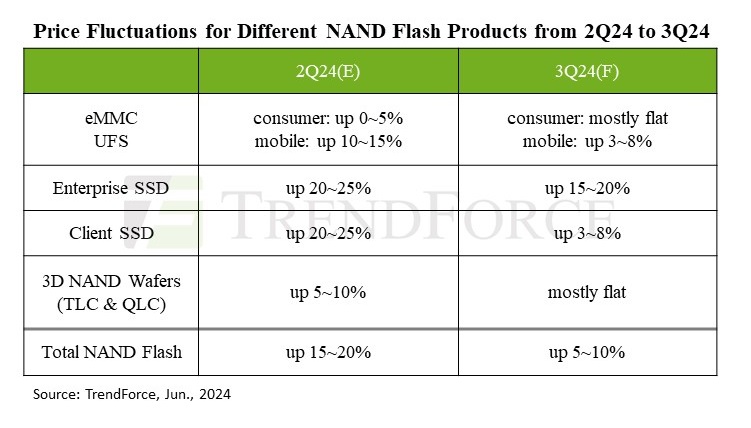
Samsung has signed an agreement with the domestic micro-satellite startup Nara Space Technology to develop infrastructure for evaluating the reliability of memory semiconductors in space environments. The two companies plan to send a Samsung Electronics memory semiconductor evaluation tester to space on the South Korean rocket Nuri, scheduled for its fourth launch in 2025. The goal is to conduct reliability tests on memory semiconductors in space by incorporating the testers into the domestic component verification satellite, which will be launched as a secondary payload on the Nuri space rocket. (KED Global, Sammy Fans, MK)
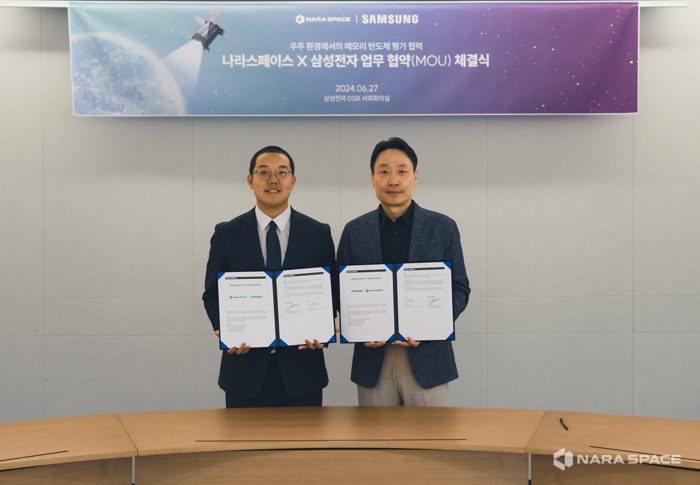
Kioxia has disclosed its plans on the 3D NAND roadmap, stating that achieving a 1,000-layer level by 2027 would be possible. The number of 3D NAND layers has generally increased from 24 in 2014 to 238 in 2022, representing a tenfold rise over 8 years. Kioxia stated that achieving a 1,000-layer level by 2027 would be possible at a rate of increase of 1.33 times per year. In May 2024, Samsung revealed its target to release advanced NAND chips with over 1000 layers by 2030. Samsung plans to apply new ferroelectric materials on the manufacturing of NAND to achieve this goal. (CN Beta, Blocks and Files, PC Watch, TrendForce)
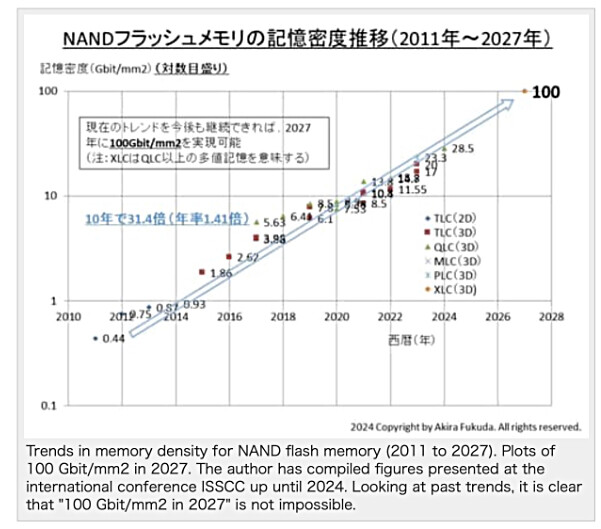

Apple is exploring a new technology that will make it easier for people to remove the battery unit inside their iPhones, making replacements and repairs more convenient. The new technology—known as electrically induced adhesive debonding—involves encasing the battery in metal, rather than foil as it is currently. That would allow people to dislodge the battery from the chassis by administering a small jolt of electricity to the battery. (Apple Insider, The Information, Yahoo, iFixIt)
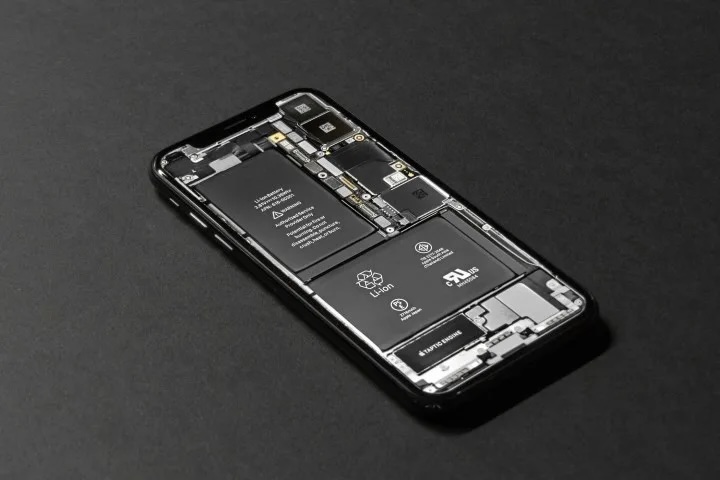

Nokia has agreed to sell its submarine networks business Alcatel Submarine Networks (ASN) to the French state for EUR350M (USD374M). Nokia expected the divestiture to reduce sales in its Network Infrastructure Business Group by EUR1B. The sale is expected to close at the end of 2024 or beginning of 2025. (CN Beta, Nokia, Reuters, The Register)

Nokia will partner with Foxconn to produce its 5G AirScale equipment at Foxconn’s factory in the northern province of Bac Giang. Under the partnership, Foxconn will manufacture Nokia’s 5G AirScale equipment, including the latest AirScale Massive MIMO radio products. Production is scheduled to begin in Jul 2024, with a plan to increase production in Sept. Products will be sold in both the domestic and international markets. Ruben Flores, general director of Nokia Vietnam, said, “The partnership with Foxconn to make the AirScale product portfolio in Vietnam will meet customer demand and improve cost efficiency”. (Digitimes, Developing Telecoms, VIR)
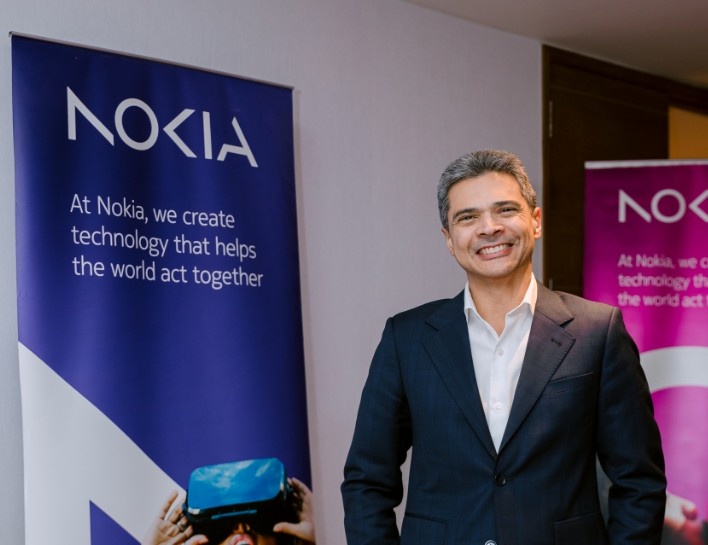

Huawei’s Executive Director and Chairman of the ICT Infrastructure Business Management Committee Wang Tao has shared three key changes in the combination of 5G-A and AI and predicted how the proportion of AI-powered smartphones might change (or increase) going forward. He believes that AI-powered smartphones will account for 11% of shipments in 2024. That could reach the 90% level by 2030, though. He essentially sees the integration of LLMs and AI features becoming a standard for the industry. (Android Headlines, Gizmo China, My Drivers, Huawei)
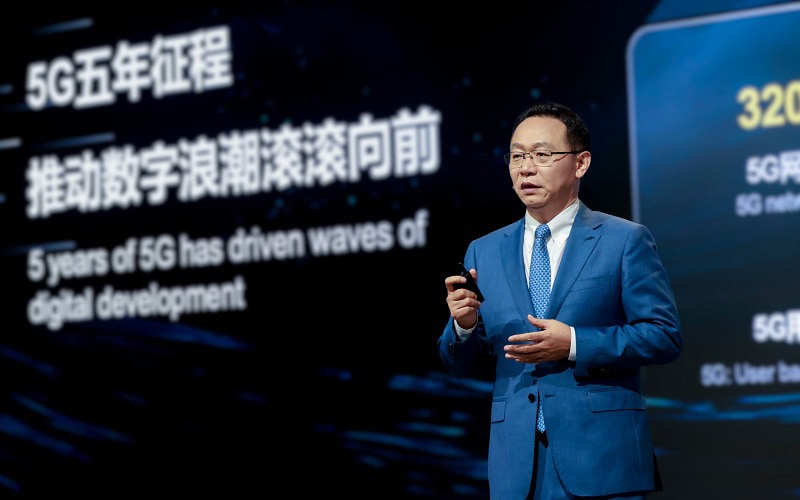

JD Power has released its 2024 US Initial Quality Study, which tracks owner satisfaction with a new car or truck in the US. The study tracks responses from nearly 100,000 purchasers and lessees of 2024 vehicles within the first 90 days of ownership, and for the first time in the study’s 38-year history, it incorporates repair visit data. Overall, internal combustion engine (ICE) vehicles averaged 180 PP100 (or 180 problems per 100 vehicles), while battery electric vehicles (BEVs) averaged a whopping 266 PP100, 86 points higher than ICE vehicles. In the survey, Ram vehicles had the lowest number of owner complaints, at 149 PP100. For other mass market brands, Chevrolet was ranked second in initial quality at 160 100PP and Hyundai was third at 162 PP100. (CN Beta, Yahoo, Clean Technica, JD Power)
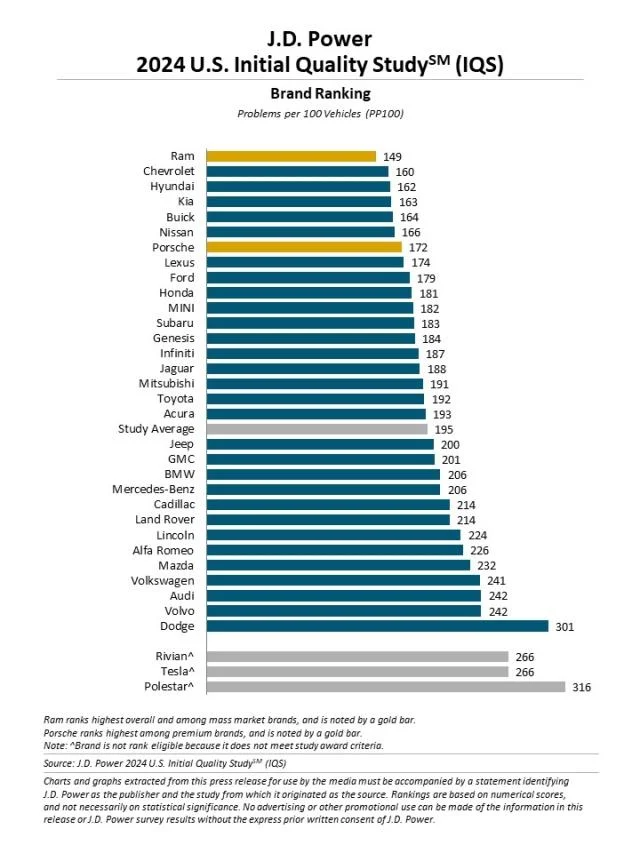
Audi has announced that it is bringing Microsoft Azure OpenAI Service-powered ChatGPT integration to millions of Audi models starting in Jul 2024. Through this integration, millions of Audi car owners will be able to enjoy improved voice control features. Around 2M Audi models, which have been made since 2021 and have MIB 3 (third-generation modular infotainment system), will receive this ChatGPT integration update. New Audi models, such as the Q6 e-tron, and future models with the E3 1.2 electronics architecture will receive this ChatGPT integration via Cerence Chat Pro as an extension of the Audi assistant. (Neowin, Audi)


Amazon Clinic will be consolidated and rebranded to Amazon One Medical’s Pay-per-visit telehealth service. The cost structure is simple for the pay-per-visit service: messaging visits will cost USD29, and video visits will cost USD49. At less than USD50 per visit, this is one of the most competitive telehealth services on the market currently. Amazon acquired One Medical in 2022 for nearly USD3.9B and has since invested significant time and resources in growing and streamlining its healthcare business. The company’s offering may impact startups with similar services, such as Carbon Health, Galileo and Summer Health, among others. (CN Beta, Amazon, Forbes, TechCrunch)

Amazon allegedly plans to launch a new section on its site dedicated to low-priced fashion and lifestyle items that will allow Chinese sellers to ship directly to U.S. consumers. It would mark Amazon’s most aggressive attempt yet to fend off growing competition from e-commerce upstarts Temu and Shein, which both have ties to China. Temu and Shein have expanded their presence in the U.S. in recent years, luring an increasing share of American shoppers with their rock-bottom prices on clothing, electronics, home goods and other products. Amazon’s storefront will feature a range of unbranded items, many priced under USD20. Amazon will ship the products directly from China to the U.S., with the goal of delivering them to shoppers within 9-11 days. (Neowin, The Information, CNBC)
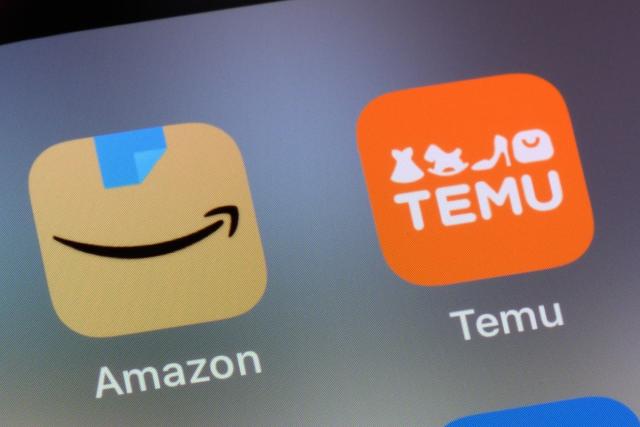

Baidu has unveiled an upgraded version of its artificial intelligence (AI) model, Ernie 4.0 Turbo. The new model will be accessible to the public via web and mobile app interfaces, with developers able to integrate the technology through Baidu’s Qianfan AI platform, according to the company’s Chief Technology Officer Wang Haifeng. ERNIE is short for “Enhanced Representation through Knowledge Integration”, and the AI model was introduced in 2019. Wang revealed some insights and said that the generative AI product Ernie Bot has reached 300M users since its launch. Moreover, Baidu’s PaddlePaddle AI ecosystem has been upgraded to PaddlePaddle 3.0. The ecosystem has been used by 14.65M developers and served 370,000 institutions and organizations. (Neowin, Reuters, Seeking Alpha, Baidu, Sina)
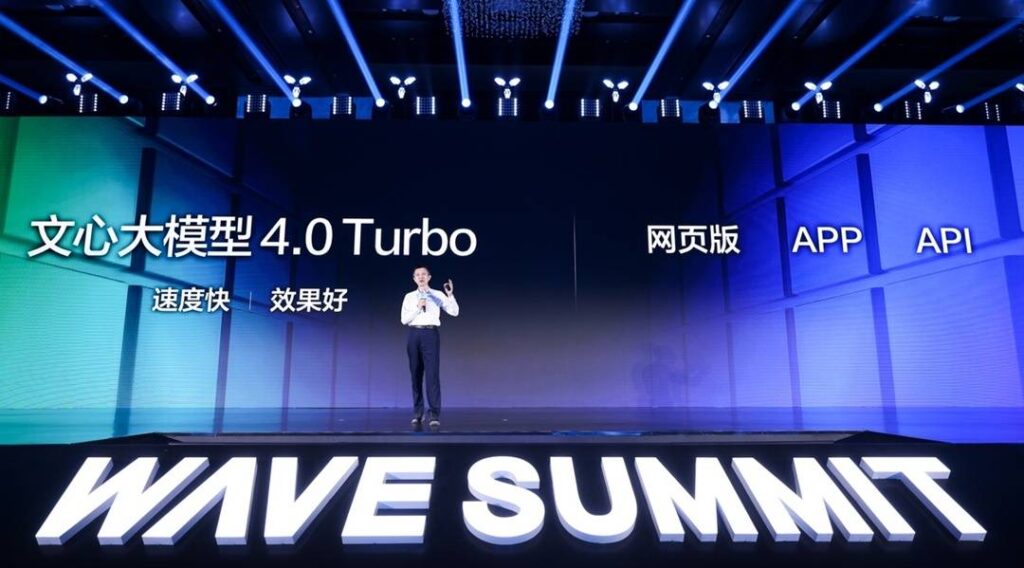
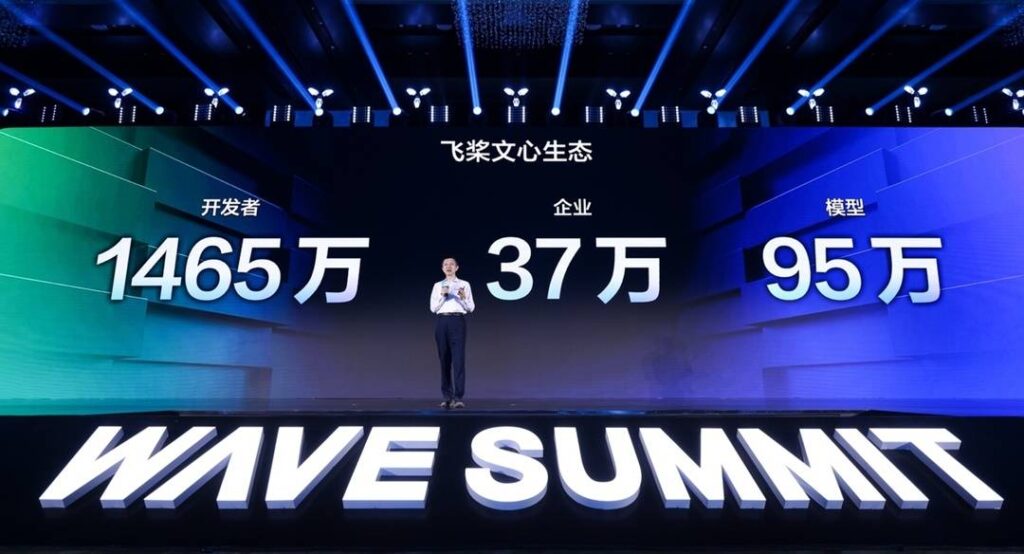
Mustafa Suleyman, CEO of Microsoft AI, has recently found himself at the center of a heated debate following a contentious statement made at the Aspen Ideas Festival. He suggested that the Internet essentially functions as “freeware” for training AI models, a claim that has drawn sharp criticism from content creators and general users. Suleyman’s remarks suggest that AI developers can freely use the vast amount of data available online to train their models. This view seems to overlook the complex legal and ethical issues surrounding content ownership and usage rights. Fair use does allow limited use of copyrighted material for purposes like criticism, teaching, or research. However, using vast amounts of content to develop AI models goes beyond these boundaries, especially when there are clear commercial motives involved. (CN Beta, Android Authority, YouTube)
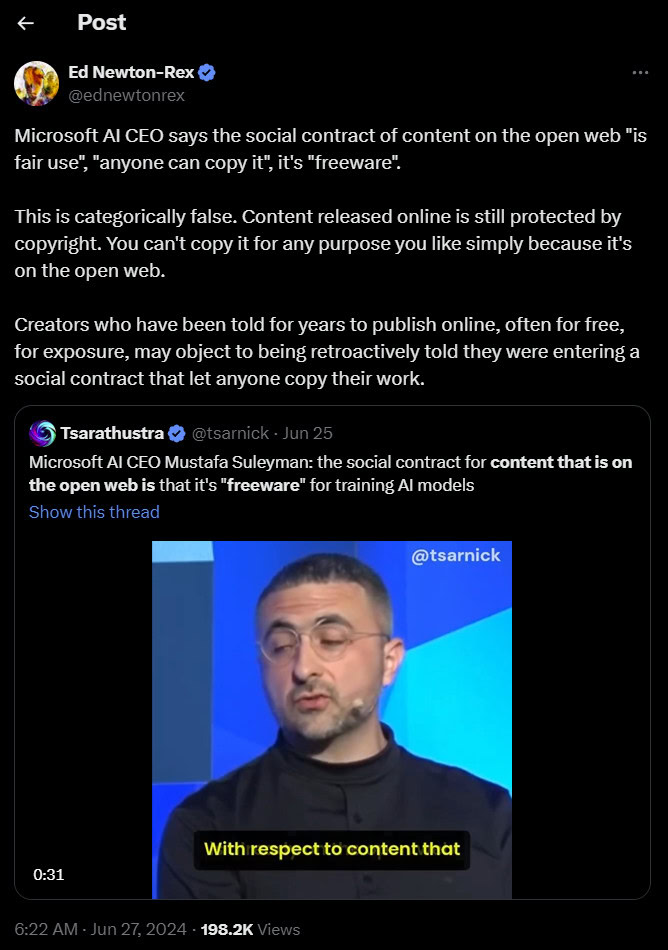
Earlier 2024, the Federal Trade Commission warned that companies would be sorely tempted to change the terms and conditions of their privacy statements to allow them to use their customers’ data to train AI models. To avoid backlash from users concerned about their privacy, companies may try to make these changes quietly and with little fanfare, the commission said. However, such actions would be illegal, it added, noting that any firm reneging on its user privacy commitments risks running afoul of the law. According to an analysis by The New York Times, in Jul 2023, Google made several key tweaks to its privacy policy. It now states that Google uses publicly available information to help train its language AI models and develop products like Google Translate, Bard (now Gemini), and Cloud AI capabilities. In May 2024, Meta informed its Facebook and Instagram users in Europe that it would use publicly available posts to train its AI. However, after complaints from the European Center for Digital Rights in 11 European countries, Meta paused these plans. It remains to be seen what actions the commission will take as more privacy policies are changed to incorporate AI data training. (CN Beta, Techspot, NY Times, FTC)
